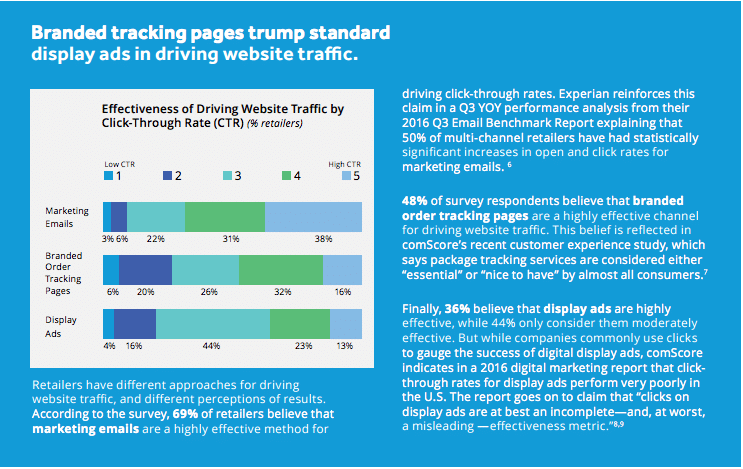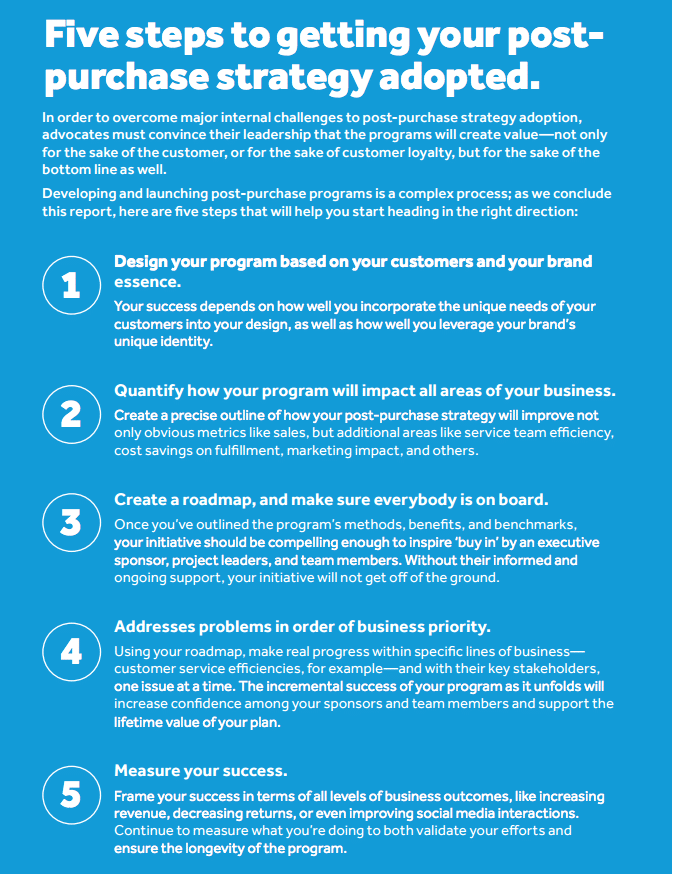Even after the sale has been made, communication continues to play an important role in fostering brand loyalty—during this time, retailers can lose connection with customers, exactly when they are developing expectations that will influence their future interactions with the brand, according to new research from WBR Digital and Narvar.
The firms recently released a new report, Pathways to Loyalty and Post-Purchase Success, which studies how retailers are approaching the customer experience after a consumer places an order. The research shows that engaging customers appropriately during this phase of their journey is key to building meaningful relationships fundamental to a brand’s success.
“Customer loyalty is a difficult thing to capture—but retailers who successfully implement customer loyalty initiatives see revenue. This applies to all stages of the buyer’s journey, most notably post-purchase—the period of time after a customer’s first conversion,” said Christopher Rand, business analyst with WBR Digital, in a news release. “The survey puts a finger on the pulse of retailers’ post-purchase perceptions and strategies to highlight their importance to retailers of all sizes.”

“The period of anticipation between when a consumer buys a product and when it arrives on her doorstep is the new moment of truth in retail. This is a critical opportunity for retailers to continue the conversation and drive retention,” said Amit Sharma, founder and CEO of Narvar, in the release. “As we see in the survey findings, retailers now recognize the value of optimizing the post-purchase experience to not only reduce call center costs and generate incremental revenue, but also to nurture the consumer relationship and build trust for future transactions.”
Key statistics from the survey include:
- 90 percent of retailers agree that engaging customers after they make a purchase drives new site traffic and revenue; 52 percent of retailers strongly agree.
- Among five initiatives, recommending new, related products brings the highest value for 40 percent of retailers.
- 87 percent of retailers agree that providing customers with proactive information about their orders decreases call center volume.
- Retailers identify price, internal resources, and availability as their biggest obstacles to moving forward with post-purchase initiatives.
The findings suggest that in order to overcome major internal challenges to post-purchase strategy adoption, advocates must convince their leadership that the programs will create value—not only for the sake of the customer, or for the sake of customer retention, but for the sake of the bottom line as well.

Narvar and WBR Digital conducted their research within multiple retail verticals to reveal the strengths and weaknesses of each, and to provide recommendations for how the post-purchase experience can increase customer retention and revenue. Over 100 retail leaders responded to the study, representing marketing, ecommerce, and customer experience branches from multi- to hundred-million dollar organizations.



